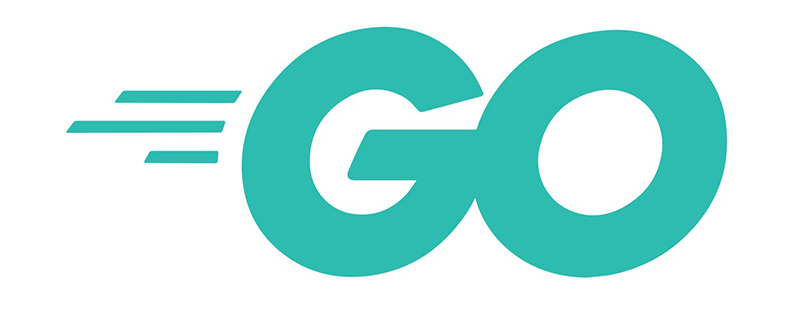以下是使用Golang和mux库的类似代码示例:
package main
import (
"encoding/json"
"log"
"net/http"
"github.com/gorilla/mux"
)
func main() {
r := mux.NewRouter()
r.HandleFunc("/process", processRequest).Methods("POST")
log.Fatal(http.ListenAndServe(":8000", r))
}
func processRequest(w http.ResponseWriter, r *http.Request) {
var data map[string]interface{}
err := json.NewDecoder(r.Body).Decode(&data)
if err != nil {
http.Error(w, "Invalid request payload", http.StatusBadRequest)
return
}
processedData := preprocess(data)
proxyURL := "<反向代理地址>/endpoint" // 替换为实际的反向代理地址和端点
reqBody, _ := json.Marshal(processedData)
resp, err := http.Post(proxyURL, "application/json", bytes.NewBuffer(reqBody))
if err != nil {
http.Error(w, "Failed to send request to proxy", http.StatusInternalServerError)
return
}
defer resp.Body.Close()
var responseData interface{}
json.NewDecoder(resp.Body).Decode(&responseData)
w.Header().Set("Content-Type", "application/json")
w.WriteHeader(resp.StatusCode)
json.NewEncoder(w).Encode(responseData)
}
func preprocess(data map[string]interface{}) map[string]interface{} {
// 在这里进行对请求数据的处理,可以添加、修改或删除信息
return data
}
这段代码使用了Golang中的mux库来创建路由器。在/process路径上接收POST请求,并将其发送到反向代理。
在processRequest函数中,我们首先解析传入的JSON请求体,并将其存储在一个map类型的变量中。然后,我们调用preprocess函数对请求数据进行处理。
接下来,我们使用http.Post方法将经过处理的请求体发送到指定的反向代理地址,并获取响应。最后,我们将响应返回给客户端。
请注意替换 <反向代理地址> 为实际的反向代理地址和端点。
在实际应用中,请根据需要添加错误处理、身份验证等逻辑,并确保网络连接和安全性。
内容由零声教学AI助手提供,问题来源于学员提问


![驱动代码
void kalRxTaskletSchedule(struct GLUE_INFO *pr)
{
static unsigned int num = 0;
tasklet_hi_schedule(&pr->rRxTask[(num++)%NR_CPUS]);
// tasklet_hi_schedule(&pr->rRxTask);
DBGLOG(HAL, ERROR,](https://linuxcpp.0voice.com/zb_users/upload/2023/05/202305162226144313964.png)

















